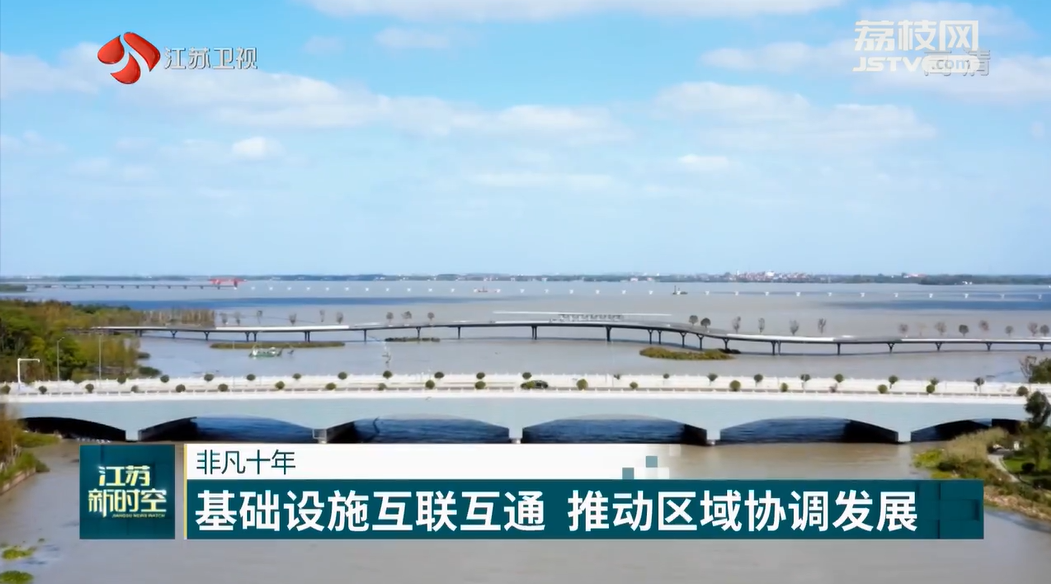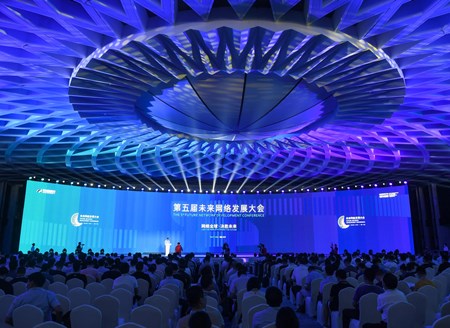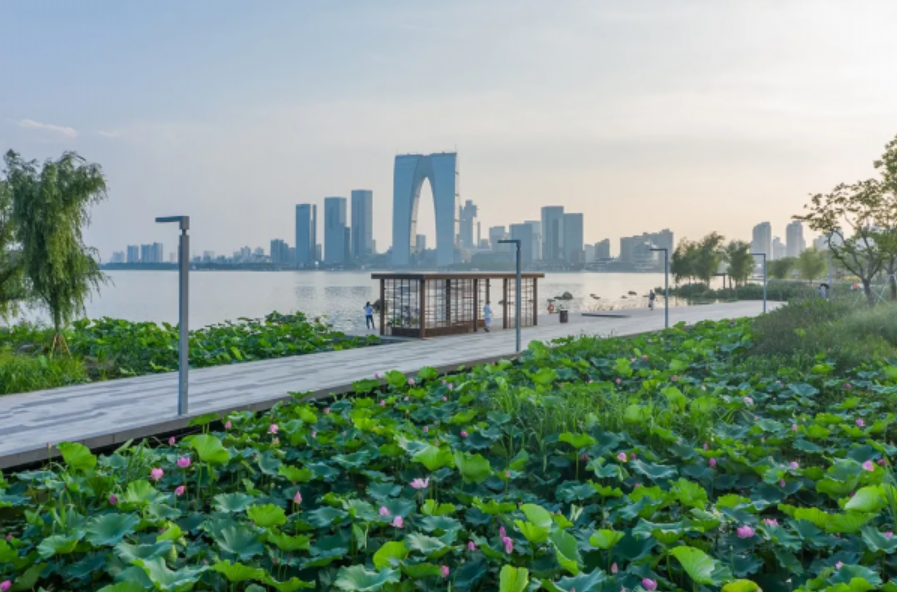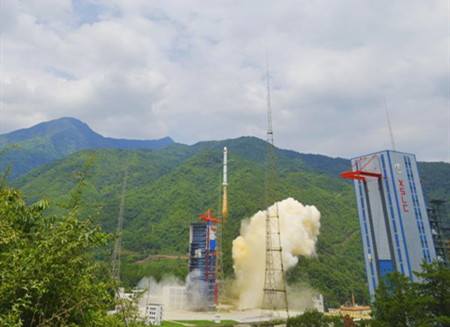The report to the 20th National Congress of the Communist Party of China emphasized that we will focus on promoting coordinated regional development strategy and developing a regional economic layout and a territorial space system that complement each other's strengths and promote high-quality development.

East China's Jiangsu province has reported improving infrastructure connectivity and coordinate regional development in the past years by promoting regional complementarity and integrated development across the Yangtze River, and creating a new model for coordinated development in Jiangsu in the new era.
Yuandang Lake in the Yangtze River Delta Ecological Green Integration Development Demonstration Zone has now been thrust to the spotlight against its past image of being deserted by both Jiangsu and Shanghai.
In November 2020, Yuandang Bridge connected Wujiang District of Jiangsu Province, and Qingpu District, Shanghai, reducing the commuting time between the two places from 40 minutes to 5 minutes.
This is also the first project to open the provincial cut-off road after the establishment of the demonstration zone.
Since the integrated development of the Yangtze River Delta became a national strategy, Jiangsu has accelerated the implementation of the North Yangtze River High-speed Railway and the Nantong-Suzhou-Jiaxing- Ningbo Railway Project.
6 of the first 11 provincial dead-end roads listed in the connectivity plan have been completed and opened to traffic, ensuring the connectivity of infrastructure and better supporting the integrated development of the Yangtze River Delta.
Cao Li, Deputy Director and Professor of the Economics Teaching and Research Department of the Party School of the CPC Central Committee, said, "In recent years, Jiangsu has closely focused on promoting the implementation of the national strategies and major decisions such as jointly building 'the Belt and Road', the development of the Yangtze River Economic Belt, and the integrated development of the Yangtze River Delta and adhered to the close combination of serving the national strategy and promoting the development of Jiangsu, providing a sample of Jiangsu for regional coordinated development, and demonstrating Jiangsu's responsibility".

Jiangsu has also promoted the overall transformation and upgrading of the Yangtze River City Cluster by integrating development across the Yangtze River. In the Changzhou-Taixing section of the Yangtze River, the construction of the Changzhou-Taixing Yangtze River Bridge is in full swing.
Since 2012, Jiangsu has jointly built 8 Yangtze River bridges and tunnels, providing strong support for the integrated development across the river.
In the past ten years, Jiangsu has also built a number of high-speed railways. Five prefecture level cities in northern Jiangsu have been connected to high-speed railways, drawing close the communication and resource sharing between the north and south regions.
At the same time, rural roads have played an important role in promoting urban-rural integration and rural revitalization.
Connecting 98 administrative villages, 312 natural villages and more than 220 rural tourism spots,the "No. 1 Road" in Liyang county has introduced tourists to mountain villages and transported agricultural products to cities, helping 100000 farmers along the line increase their income and become rich.
Zhang Jiahui, Director of the Social Security and Medical Health Research Office of the Development Research Center of the State Council, said in the interview that "In recent years, Jiangsu has made positive exploration in improving the quality of rural development and further promoting the integration of regional resources by constantly restructuring the urban-rural relationship through various efforts to accelerate the remedy of the shortcomings of urban-rural regional imbalance".
In the past ten years, Jiangsu has made positive achievements in promoting the coordinated development of urban and rural areas and regions by taking the joint implementation of the rural revitalization strategy and the new urbanization strategy as a powerful starting point.
From 2012 to 2022, the per capita disposable income of Jiangsu residents doubled to 47500 yuan, and the income ratio of urban and rural residents decreased from 2.37:1 to 2.16:1, making it one of the provinces with the smallest urban-rural income gap in China.





